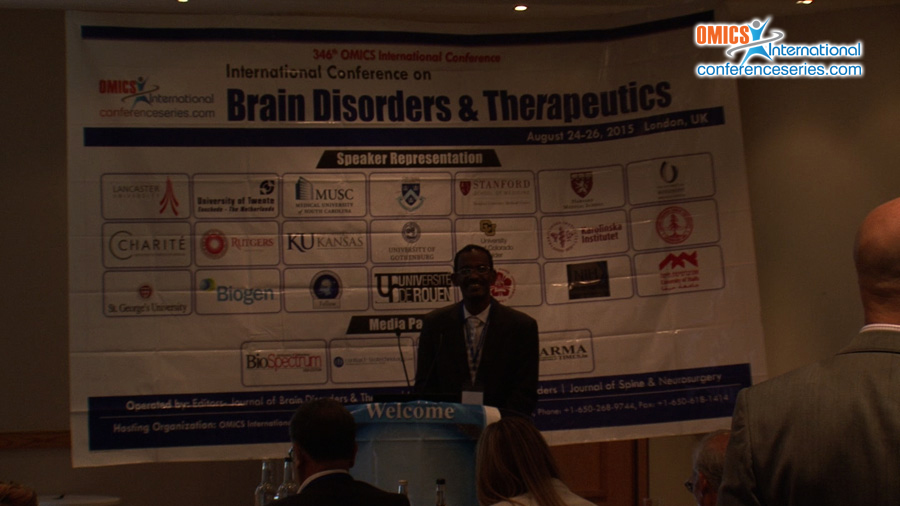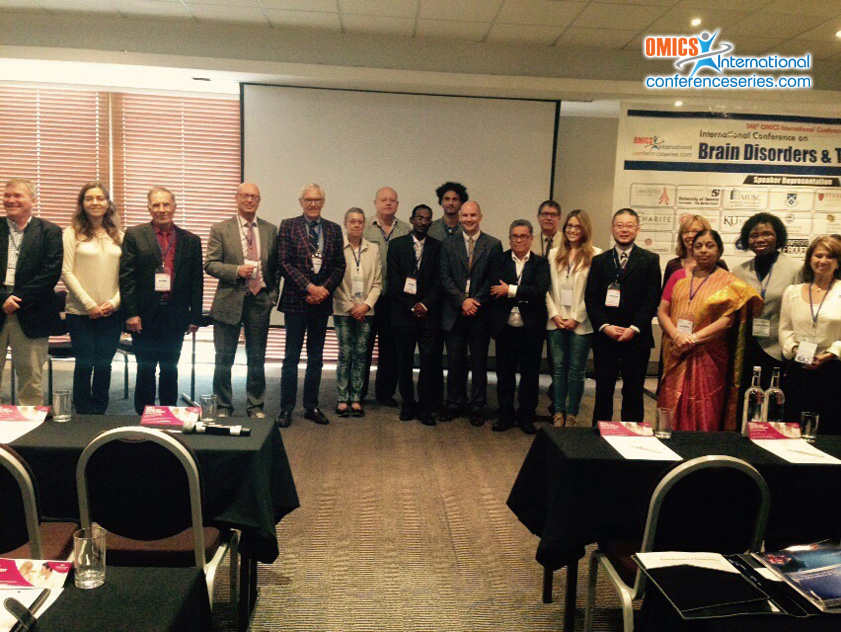
Amir Mufaddel
Al Ain Hospital, United Arab Emirates
Title: Central nervous system (CNS) calcifications as a differential diagnosis of psychiatric disorders
Biography
Biography: Amir Mufaddel
Abstract
Background: Central nervous system (CNS) calcifications can occur in a wide range of conditions with different etiologies. Calcifications can occur as physiologic, dystrophic, congenital or vascular calcifications. Methods: The aim of this paper was to discuss differential diagnosis of psychiatric conditions associated with CNS calcifications. A literature review was conducted using the key words cerebral calcifications, basal ganglia calcifications, intraaxial calcifications, extra-axial calcifications and psychiatric symptoms. Type, duration, and course of psychiatric symptoms were reviewed. Results: Brain calcifications can occur as intra- or extra-axial calcifications. Structures commonly involved in intra-axial clarifications are the basal ganglia and the cerebellum. Calcifications can be idiopathic/genetic such as that occurring in Fahr’s disease. Psychiatric symptoms in individuals with basal ganglia calcifications can present with variable clinical features including cognitive decline, auditory hallucinations, delusions, irritability, aggression, depressed mood, anxiety, personality changes and suicidal thoughts. Psychiatric symptoms can be acute or chronic; and some patients received clinical psychiatric diagnoses including: dementia, schizophrenia-like psychosis, mood disorders, frontal lobe syndrome, and mental retardation. Extra-axial calcifications such as that occurring in falx cerebri and the pineal gland can also be associated with psychiatric symptoms. Rare conditions with falx cerebri calcifications such as Gorlin-Goltz syndrome can present with acute course or with relapses and remissions. Conclusion: Radiologic investigations are useful tools to exclude organic pathology in patients presenting with psychiatric symptoms. For psychiatric patients who present with CNS calcifications, the location of calcification and the clinical psychiatric and systemic presentation are of vital importance in diagnosis.





